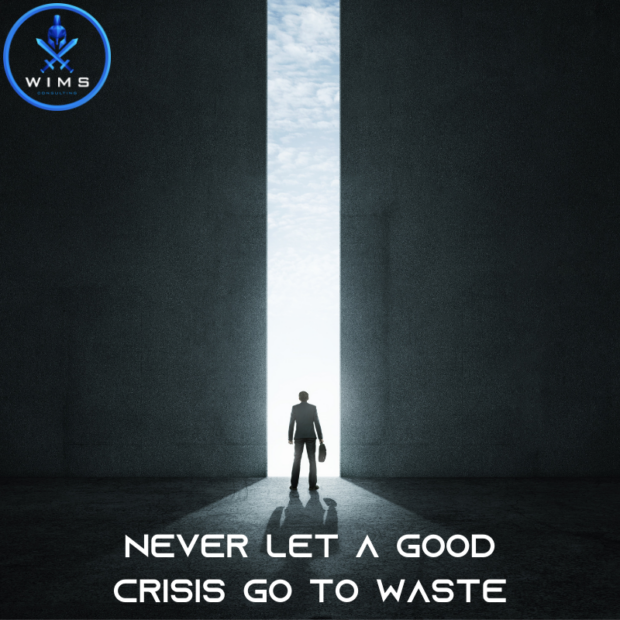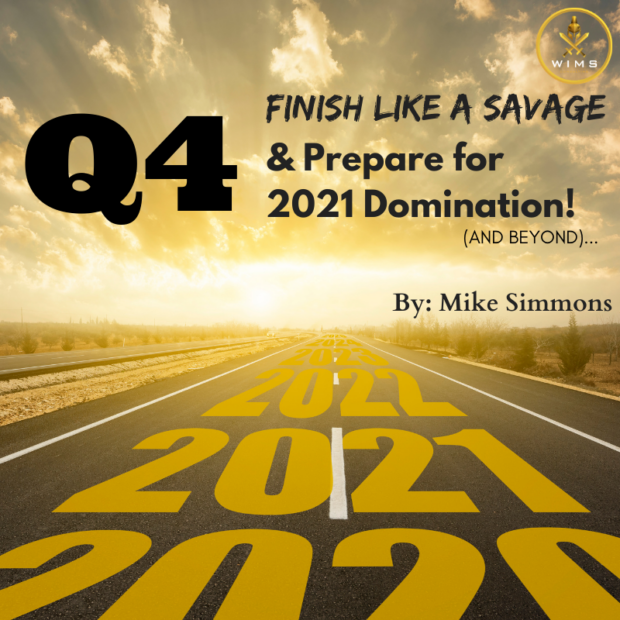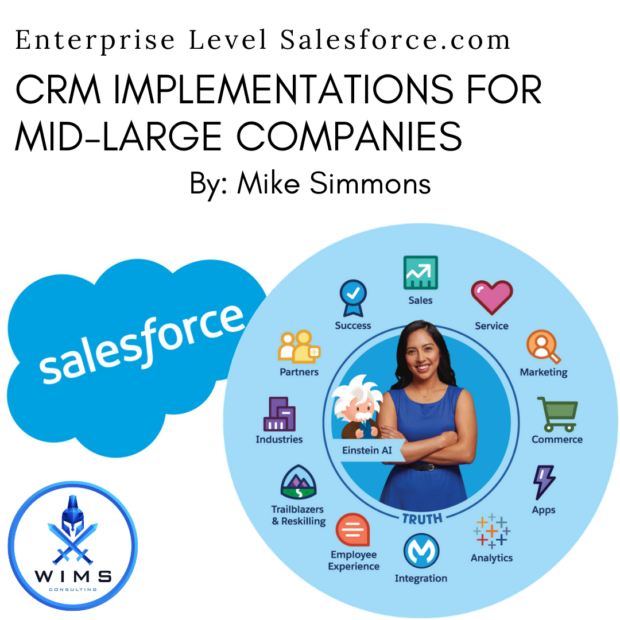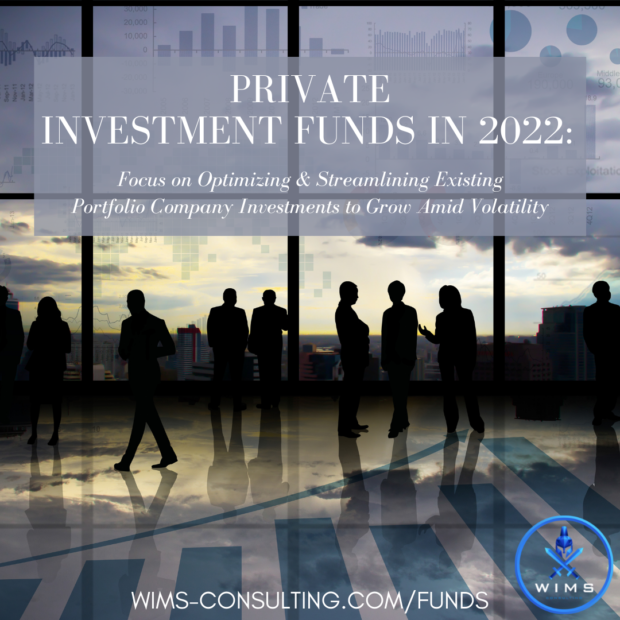The whirlwinds of 2020-2022 rattled businesses across the country, and it was no different for the private investment/fund industries. Even prior to last year, trends were moving toward funds (private equity, venture capital, family office, etc.) establishing platforms that focused on a suite of key business functions, such as business development, marketing, finance, PR, etc. to assist their portfolio companies with scaling their operations. Some funds have stood up internally1, while others have engaged external strategic partnerships.
In the first half of 2020, a slowdown in new deals was caused partly by valuation discrepancies between buyers and sellers, resulting in a 63% decrease in activity in the Americas region2 after the onset of COVID-19. According to a PitchBook report, U.S. private equity exits dropped by 70% (1st 6 months of 2020 compared to year-ago period) because private equity firms marked down portfolio companies; they chose to hold investments rather than sell them3. Although this may sound alarming, a study by consulting firm Willis Towers Watson showed that despite a drop in exit transactions in the first half of 2020, there is little evidence of forced exits at least3. Furthermore, private equity firms raised $348 billion in the same time frame, which is only 10% shy of what they raised during the first half of 20192.
If funds have the capital raised but are not deploying it because of the risk of an unfavorable valuation or investment, the question must be raised: what have they been doing in the meantime?
In addition to simply boosting investments for current portfolio companies, funds are increasing aid in the strategic side of these businesses as well. “Increasing returns during ongoing fiscal and geopolitical uncertainty pushed top executives from PE firms to maintain focus on value and digitalization, and a commitment to developing the organizational and business models of their portfolio companies.”4 Many funds have turned to delegating these duties to outside firms.
Outsourcing operations, sales, marketing, and other core functions provides a new perspective for funds. With another set of eyes on current investments, funds can squeeze every penny of revenue out of their portfolio companies to boost chances of success. Outsourcing allows current portfolio companies access to the same professional team as their fund, which consolidates consultants, agencies, people, and expenses for a more efficient operation filtered through a single entity.
Furthermore, with investment funds specializing to extreme degrees these days1, funds can focus on what they have specialized in, while letting the collaborative agency facilitate other aspects of the business. This allows them to keep the main thing the main thing so they can keep investors happy and informed, as well as assist their portfolio companies with more high value activities.
Not only does outsourcing provide more expertise with experienced professionals, but it tends to cost less than hiring someone within the fund or directly at the portfolio companies to manage these responsibilities. VC start-ups are staying private for an average of eight years longer than they would have back in 2000. It only makes sense to provide them with an experienced team for business development, marketing, and more. Without a team, the firm must manage all of this themselves or, for example, hire a business development manager. The average venture capital business development manager salary is nearly $80,000, not to mention additional benefits and expenses. Eight additional years of paying this salary (not including escalators and other contractual advancements) raises that investment to $640,000 allocated towards one person, when a team of experts can be hired to do an even better job.
Over the last decade, the appeal of going public has decreased as companies do not want to deal with inevitable scrutiny after releasing financials and other information. There has actually even been a shift of public companies switching back to private, with 8 out of 10 of the largest buyouts being Public 2 Private (P2P)4. Many companies would rather stay private, or be bought out through M&A, than to receive heat from the public. If a start-up does not go public, having that business development manager can continue as a growing yearly expense (regardless of value), even if the business isn’t in a growth or blitzscaling stage. Similar to the recession from a decade ago, companies are thinning out and hiring more contractors because it is a more manageable and flexible commitment.
Further along this line, “We are starting to see some changes that may signal a strategy shift by private equity to help struggling portfolio companies amid the crisis. Additional stake purchases by private equity investors are up by count and volume compared to same period last year and second- and third-round funding’s are also up from last year. Both are ways to inject cash into companies that need it most now.”5
In volatile times, more of the focus should be on what can be controlled. “Leaders should identify digital innovations such as business intelligence, big data analytics, machine learning, and business processes automation to help companies evolve and gain the skills needed for better performance and outpacing the competitors.”4
While not every business model is 100% perfect, and there are pros and cons to each, there are certainly many advantages both financially and operationally to leveraging a consulting firm to assist funds and their portfolio companies with scaling. Regardless of whether the macro environment is volatile and capital is tougher to come by, or when conditions are great and capital is flowing freely, running a tight ship focused on streamlining, growth, and ROI will always be in style and appreciated.
Written By: Mike Simmons and Evan Shirreffs
References:
1) https://tomtunguz.com/is-venture-capital-worth-the-risk/
2) https://www.institutionalinvestor.com/article/b1mqkqqx3g0k5v/Private-Equity-s-Answer-to-a-Frozen-Deal-Market
3) https://www.pionline.com/private-equity/private-equity-deals-tumble-20-2020s-first-half-pitchbook
4) https://bspeclub.com/2020/04/17/private-equity-2020-outlook-the-start-of-a-new-decade/
5) https://news.bloomberglaw.com/bloomberg-law-analysis/analysis-how-is-private-equity-optimizing-the-downturn
The primary mission of WIMS Consulting is to help your fund and its portfolio companies generate a higher ROI not only internally, but on behalf of your investors as well. We can assist with scaling your investments to help increase valuations in advance of additional funding rounds, liquidity events, exits, or IPOs. We can provide a lot of different services, create and implement a robust strategy, and execute each tactic, but everything that we do truly boils down to that one single objective of adding more value to your firm.









